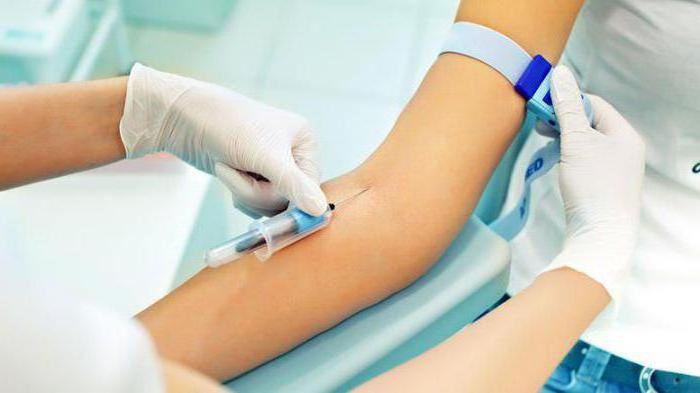Ace Your Phlebotomy National Exam: Essential Tips & Strategies for Success
Passing the phlebotomy national exam is a crucial step in your career as a certified phlebotomist. it not only certifies your skills but also opens doors to better job opportunities and professional growth. If you’re feeling overwhelmed or unsure of how to prepare effectively, you’ve come to the right place. This thorough guide provides valuable tips, proven strategies, and insights to help you ace your phlebotomy national exam with confidence.
Introduction
The journey to becoming a certified phlebotomist involves rigorous training, clinical practice, and most importantly, accomplished completion of the national certification exam. This exam assesses your knowledge in areas such as specimen collection, patient care, safety protocols, and laboratory procedures. To master these topics and excel in your exam, proper preparation is essential. With the right approach, resources, and mindset, you can considerably increase your chances of success-and this guide will show you how.
Understanding the Phlebotomy National Exam
The certification exam for phlebotomists typically covers the following core areas:
- Specimen collection techniques
- Safety and infection control
- Patient interactions and communication skills
- Laboratory procedures and regulations
- Medical terminology and anatomy basics
Knowing what to expect in the exam helps tailor your study plan and focus on critical topics. Most exams are multiple-choice and timed, emphasizing practical knowledge submission as well as theoretical understanding.
Effective Strategies to Prepare for Your Phlebotomy Exam
1. Create a tailored Study Plan
Developing a structured study schedule ensures comprehensive coverage of all exam topics. Break down the material into manageable sections and allocate specific times for each. For example:
| Study Area | Time Allocation | Key Topics |
|---|---|---|
| Specimen Collection | 2 weeks | Venipuncture, capillary blood sampling, equipment handling |
| safety Procedures | 1 week | infection control, PPE, patient safety |
| Patient Interaction | 1 week | Communication skills, patient prep, dealing with challenging patients |
2. Utilize Quality Study Resources
Leverage a variety of study materials to enhance your learning:
- Official exam guides: Always use materials aligned with the latest exam standards.
- Practice tests: Simulate real exam conditions to build confidence and identify weak areas.
- Flashcards: Reinforce medical terminology, procedures, and safety protocols.
- Online courses and tutorials: Visual and interactive learning can enhance retention.
3. Focus on Practical Skills
while theoretical knowledge is vital, hands-on skills are equally critical in the phlebotomy profession. Practice the following:
- Venipuncture techniques
- Proper specimen handling
- Patient identification
- Use of PPE and safety protocols
Many training programs offer simulation labs-take full advantage of these opportunities.
4.Join Study Groups and Seek Mentorship
studying with peers can foster motivation,clarify doubts,and expose you to different perspectives. Connecting with experienced professionals or mentors can provide real-world insights and exam tips that enhance your preparation.
5. Practice Time Management During the exam
Time management strategies can improve your pacing and reduce exam anxiety:
- Read questions carefully: Avoid rushing into answers.
- Answer easy questions first: Build confidence and allocate more time for challenging ones.
- Move on if stuck: Return to difficult questions later.
Practical Tips and Common Mistakes to Avoid
- Stay organized: keep your study materials, notes, and practice exams in order.
- Test your knowledge regularly: Frequent self-assessment helps track progress.
- Avoid cramming: Spread study sessions over weeks for better retention.
- Manage anxiety: Practice relaxation techniques like deep breathing and visualization.
Case Study: From Preparation to Certification Success
Maria, a recent graduate, struggled with exam confidence and timing. She followed a disciplined study plan, practiced with simulation exams, and joined a study group.Additionally, she spent time honing her venipuncture skills via hands-on labs. As a result, Maria not only passed her phlebotomy certification exam on the first try but also felt well-prepared for real-world patient care. Her story illustrates that strategic preparation and practical experience are keys to success.
Additional Resources to Boost Your Preparation
- Certified Phlebotomy Technician (CPT) Practice Tests
- Online forums and communities
- Local workshops and training events
- Archived test questions and review guides
Conclusion
Acing your phlebotomy national exam is within reach if you adopt a strategic,disciplined approach to preparation. Focus on understanding core concepts, honing practical skills, and practicing under simulated test conditions. Remember,confidence and consistency are your best allies on this journey. With these essential tips and strategies in hand, you’re well on your way to achieving your certification and advancing your career in healthcare. Believe in yourself, prepare thoroughly, and go seize that certification!
